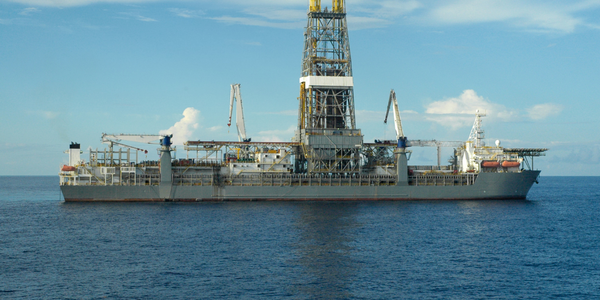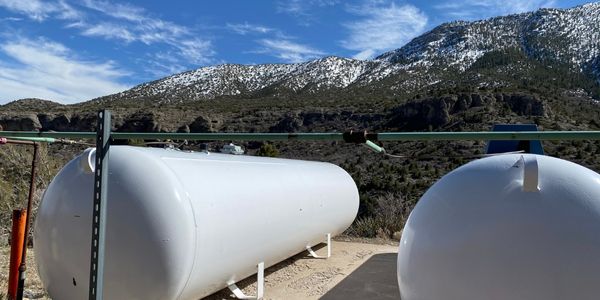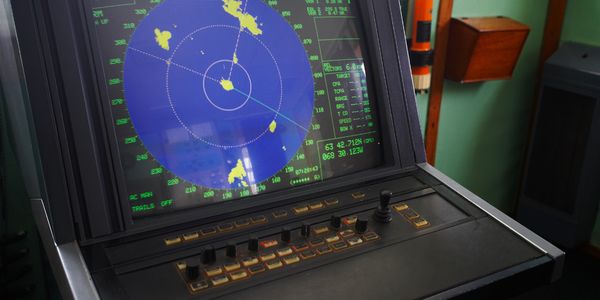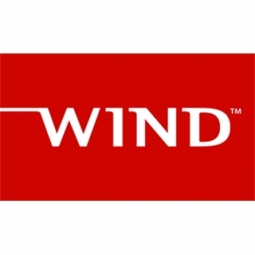
Technology Category
- Robots - Robot Operating Systems
- Sensors - Haptic Sensors
Applicable Industries
- Marine & Shipping
- National Security & Defense
Applicable Functions
- Product Research & Development
Services
- System Integration
The Customer
AgustaWestland
About The Customer
AgustaWestland is a leading helicopter manufacturer, known for its innovative and high-quality products. The company is committed to continually improving its offerings to meet the evolving needs of its customers, which include military organizations. For this particular project, AgustaWestland was tasked with upgrading a military helicopter, requiring the development of a new safety-critical avionics display. The company sought to adopt an innovative approach that would not only meet the current needs but also allow for future upgrades using a standards-based approach.
The Challenge
AgustaWestland, a leading helicopter manufacturer, was faced with the challenge of developing a new safety-critical avionics display for a military helicopter upgrade program. The military helicopter had previously used avionics display control units within the cockpit and cabin of the aircraft. However, the new project aimed to enable the implementation of additional functionality to meet new operational requirements. The challenge was to adopt an innovative approach that would not only meet the current needs but also allow for future upgrades using a standards-based approach. The traditional turnkey black-box approach used by traditional suppliers was not suitable for this project due to its lack of flexibility and adaptability to changing requirements.
The Solution
To address this challenge, AgustaWestland turned to Wind River's VxWorks 653, a real-time operating system that implements ARINC 653 partitioning of applications. This state-of-the-art touch screen LCD display was integrated with the VxWorks 653 system, providing an open, extensible architecture. This enabled AgustaWestland to configure the display to ARINC 661 graphics-specific requirements and to integrate its applications into the display system using a modular approach. This solution differed significantly from the traditional turnkey black-box approach, offering more flexibility and adaptability. The use of VxWorks 653 provided an open foundation for modular and incremental certification, allowing AgustaWestland to exploit these capabilities in subsequent upgrades and future Touch Screen Unit (TSU) variants.
Operational Impact

Case Study missing?
Start adding your own!
Register with your work email and create a new case study profile for your business.
Related Case Studies.

Case Study
Drill ship power challenge: hybrid solution solves distribution issues
Aspin Kemp & Associates (AKA), a manufacturer of electrical power and control systems headquartered in Montague, PEI, encountered one with its hybrid power initiative, the first hybrid drill floor destined for installation on ultra-deepwater drill ships operated by Transocean, Swiss offshore drilling contractors. Since on-site modification was impossible and scrap recycling of any modifications was unacceptable, the enclosures had to arrive ready-to-install.

Case Study
Data Capture for Afghanistan Forces
Electronic equipments on the field of Afghanistan provided information on the status of the vehicle and to identify potential threats surrounding it to the British Force. The monitoring and interpretation of this data requires robust and sophisticated digitization for data capture and communication.

Case Study
Ensures Tanker Safety and Emissions Compliance
Storage tanks are irregular in shape and a certain amount of mathematical modelling is required to get an accurate representation of volume and, more importantly, the weight of material in each tank. In addition, countries have different emission regulations, so the ships position needed to be accurately known in order to geotag emission data.

Case Study
Real-time Networked Sonar System for Ships
A multinational, knowledge-based corporation that delivers marine electronics solutions is utilizing industrial Ethernet technology to help ensure that operations at sea are dependable and optimal. Based in Europe, the company has nearly 4000 employees working in 20 countries around the world, and produces high-tech systems for offshore oil and gas operations, merchant marine systems, and various applications for the defense and aerospace industries. The company produces products and systems used by merchant vessels and offshore installations for positioning, navigation, automation, as well as for surveying and monitoring the seabed, and for fishing vessels and fi sheries research. As one of the major suppliers of high quality marine electronics in the world, their products include chart plotters for yachts, triple redundant dynamic positioning systems for oil drilling rigs, and sonar and instrument systems for scientifi c research vessels. Products used for marine applications must be rugged enough to endure the corrosive effects of salt water, and be able to withstand excessive amounts of vibration and shock. For this reason, the company only uses DNV and GL certified products and components to ensure that their systems can meet the high standards required by the maritime industry.

Case Study
Fleet Management Connectivity Solution for Marzam
Marzam, in order to ensure the best service, invested 3 million dollars in the construction of 2 fuel oil tanks with 40k gallons and 10k gallons capacity each, located in Manta, Ecuador. The customer needs to keep fleet operations going with fuel available at all times in order to guarantee quality of service. KEY ELEMENTS FOR THE CUSTOMER: Real-time level monitoring: Tank infrastructure remote level monitoring. Configure alerts and notifications when reaching critical values to avoid the need for emergency refills and optimize supply schedules. Real-time consumption monitoring: The customer needed an easy way to monitor in real-time accurate values of consumption.

Case Study
Major Aerospace Company Automates Asset Management
The O&M division of an aerospace and global security company was using spreadsheets to manually track more than 3,000 assets assigned to students and staff. Maintaining audit trails for this high volume of equipment became increasingly time-consuming and challenging. The chore involved knowing precisely what equipment was on hand, what had been issued, its location and the name of the custodial owner of each item. Every aspect of this task was carried owner of each item. Every aspect of this task was carried out by individuals with spreadsheets. Manually documenting the full lifecycle of each asset added to the burden. This included tracking maintenance requirements and records, incidents and damages, repairs, calibrations, depreciation, and end-of-life data.



